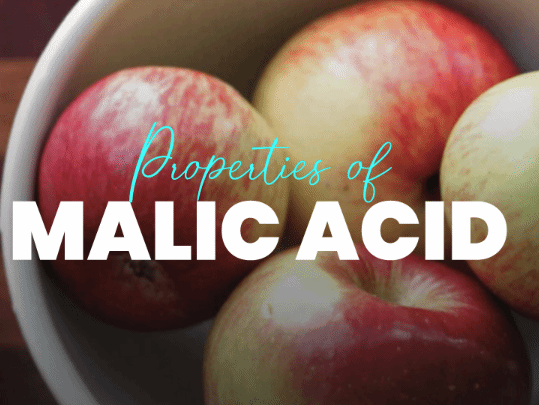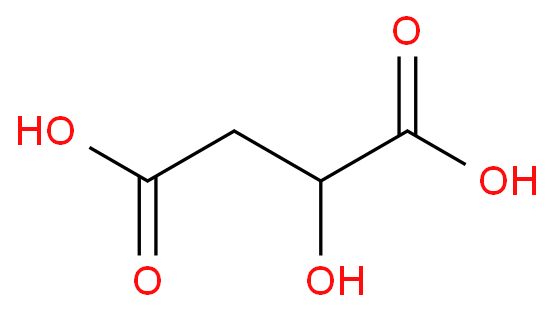Description
Malic acid (MA) is an organic compound also known as "apple acid" and "fruit acid," commonly found in many prepared foods. It occurs naturally in apples, particularly in the skin, and other fruits. This alpha-hydroxy organic acid is a crucial element in the Krebs cycle, the primary cellular energy production cycle. The chemical formula is HOOC–CH(OH)–CH2–COOH.
The molecular formula for malic acid is C4H6O5, with the IUPAC name 2-hydroxybutanedioic acid. It exists in two forms - L-malic acid (found in fruits) and D-malic acid (does not occur in nature).
Uses

Malic acid is used in cosmetics to adjust pH, in metal cleaning, textile finishing, water treatment, fabric dying, and as a monomer for poly(β-l-malic acid) synthesis. It is commonly used in the food industry to increase acidity, enhance flavor, and stabilize color. Identified as E296, it is found in fruit juices, jellies, jams, wine, and low-calorie foods.
Safety
While malic acid in food may irritate the eyes and skin, it is not harmful to health. Europe has not established reference values for daily intake of malic acid.




